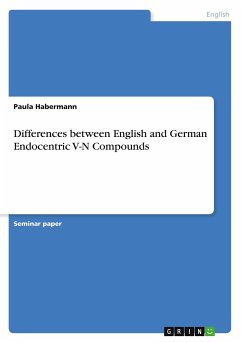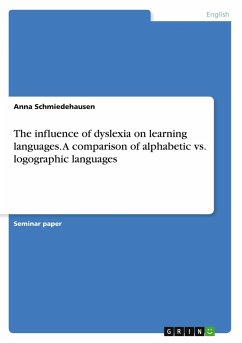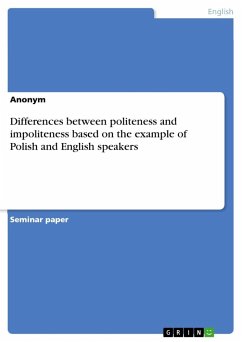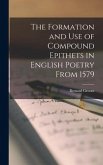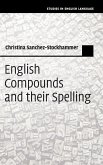Seminar paper from the year 2021 in the subject English Language and Literature Studies - Comparative Literature, grade: 2,3, Technical University of Braunschweig, language: English, abstract: My term paper will be about the differences between English and German V-N compounds. I will focus on endocentric compounds since German lacks exocentric V-N compounds. An example of an endocentric V-N compound that exists in both languages would be the English ¿driftwood¿ with its German counterpart ¿Treibholz¿. It is interesting to investigate whether the differences between English and German endocentric V-N compounds may be caused by a general contrast between the two languages. By that, I mean the tighter (German) and looser (English) fit between form and function which was suggested by Hawkins (1986) as a general parameter of difference (Hawkins, 1986, p. 6). I will start by explaining basic terminology of V-N compounding and Hawkins¿ approach. After the basic elements are clarified, I will turn to my research question: ¿What are the major differences between English and German endocentric V-N compounds, and can they be linked to Hawkins¿ general parameter of difference?¿. To answer this question, I will use a paper by Volker Gast from 2008, which is called ¿Verb-noun compounds in English and German¿.
Hinweis: Dieser Artikel kann nur an eine deutsche Lieferadresse ausgeliefert werden.
Hinweis: Dieser Artikel kann nur an eine deutsche Lieferadresse ausgeliefert werden.

